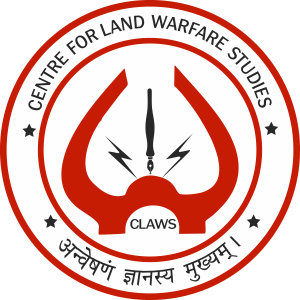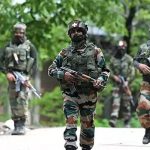This edition of Afghanistan Khabar Pana presents a detailed snapshot of Afghanistan’s evolving political, security, humanitarian, and diplomatic landscape under Taliban rule. Domestically, the Islamic Emirate continues its push for administrative reform, service delivery, and legal institutionalisation, as underscored by Interior Minister Sirajuddin Haqqani. Parallel developments include UNICEF’s large-scale medical aid delivery, public demonstrations in support of Palestine, the launch of a $70 million wind energy project in Herat, and the graduation of 1,000 new special forces personnel—reflecting both humanitarian strain and security consolidation.
On the foreign policy front, India reaffirms its humanitarian engagement by assisting Afghan returnees and introducing a new visa framework, while Kabul deepens economic dialogues with Russia and China to facilitate local currency trade and reduce dollar dependency. Regional actors respond to growing security concerns: the CSTO prepares to fortify the Tajik-Afghan border; Iran advances AI-powered surveillance along its frontier; and Kazakhstan seeks stronger trade and transit ties. Meanwhile, diplomatic engagement intensifies with Pakistan through upgraded bilateral representation, even as tensions persist over cross-border militancy. Russia’s strong opposition to renewed NATO involvement in Afghanistan and the Taliban’s outreach at regional platforms—such as the Middle East Railway Association—illustrate the emerging fault lines and alignments shaping Afghanistan’s geopolitical future. Together, these developments reflect the Islamic Emirate’s attempts to consolidate internal control while cautiously navigating its path to regional relevance amid international isolation.













